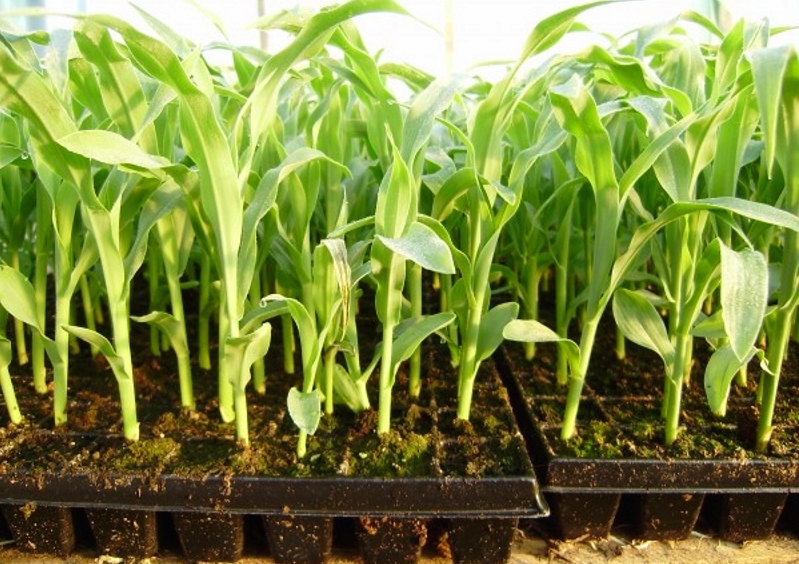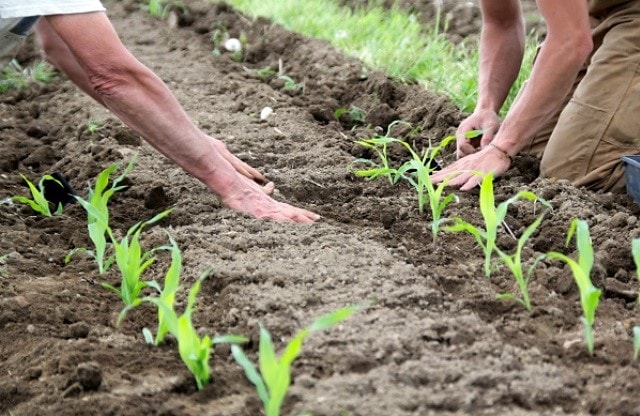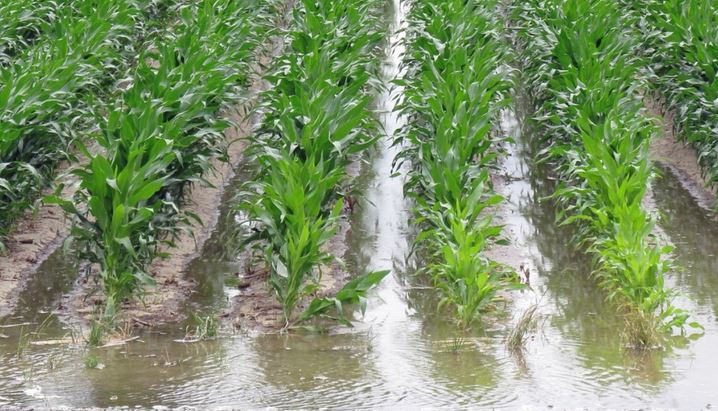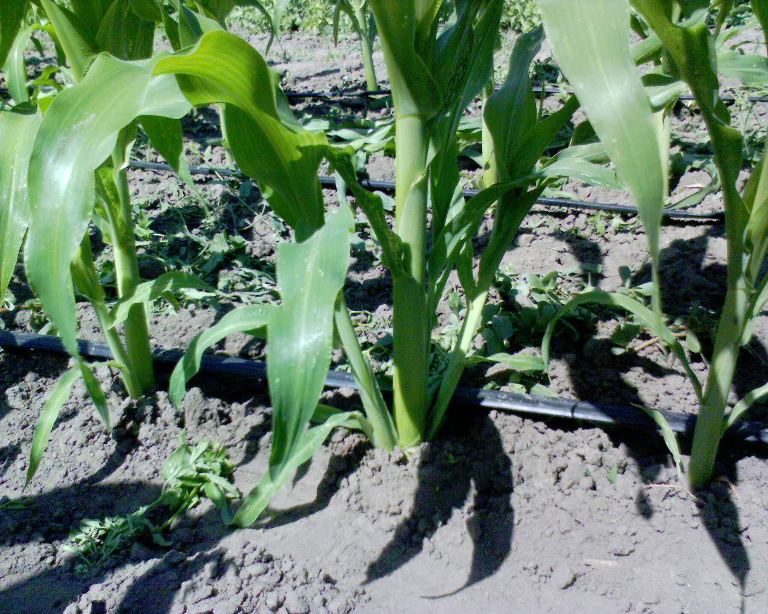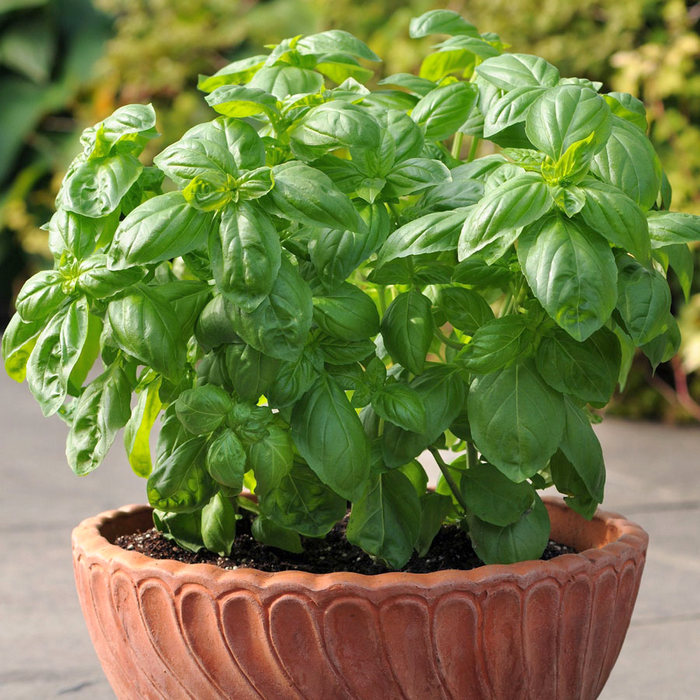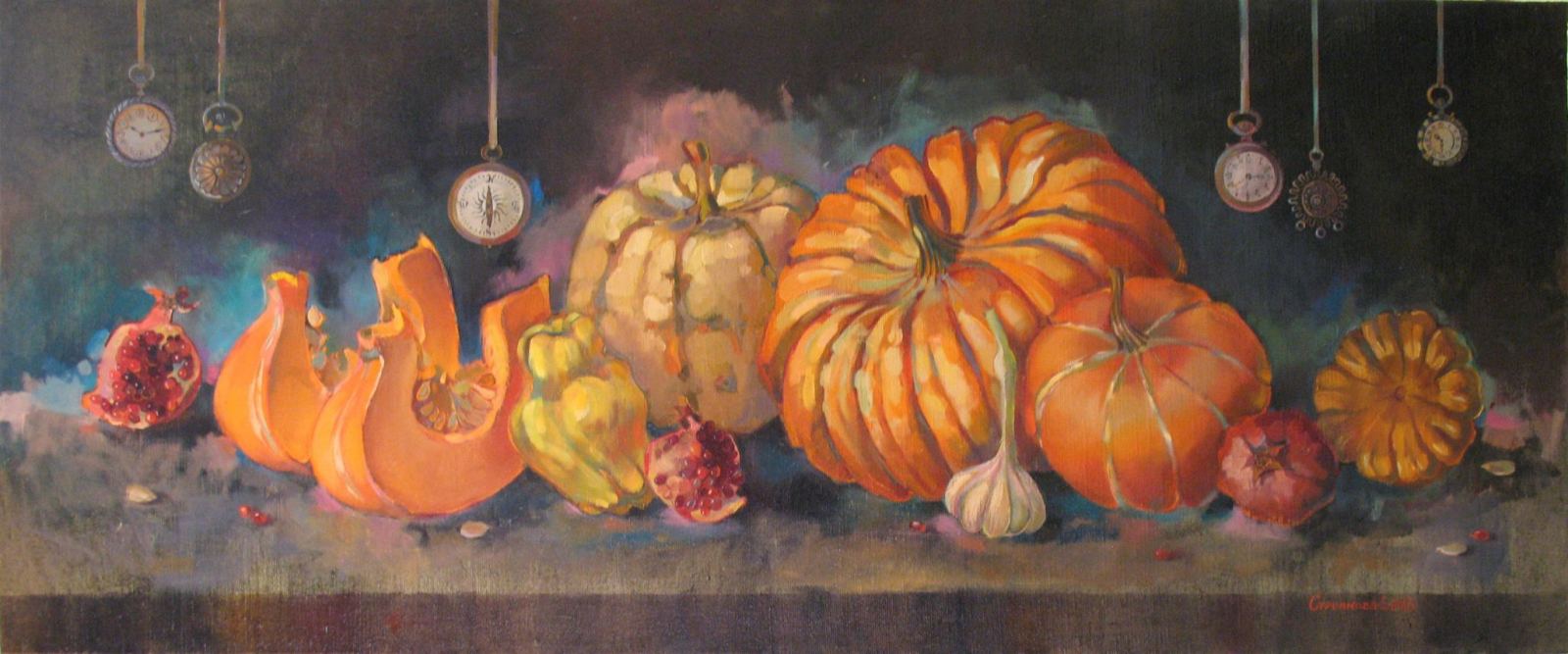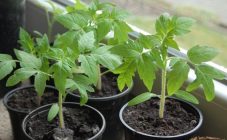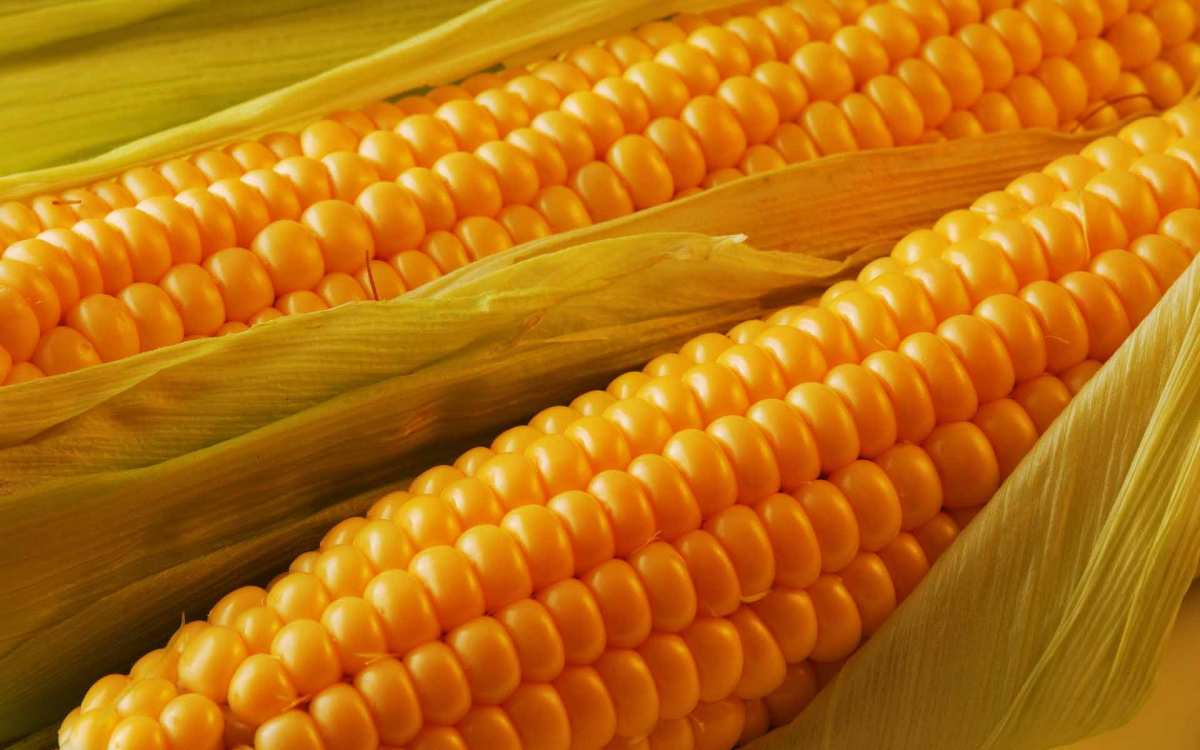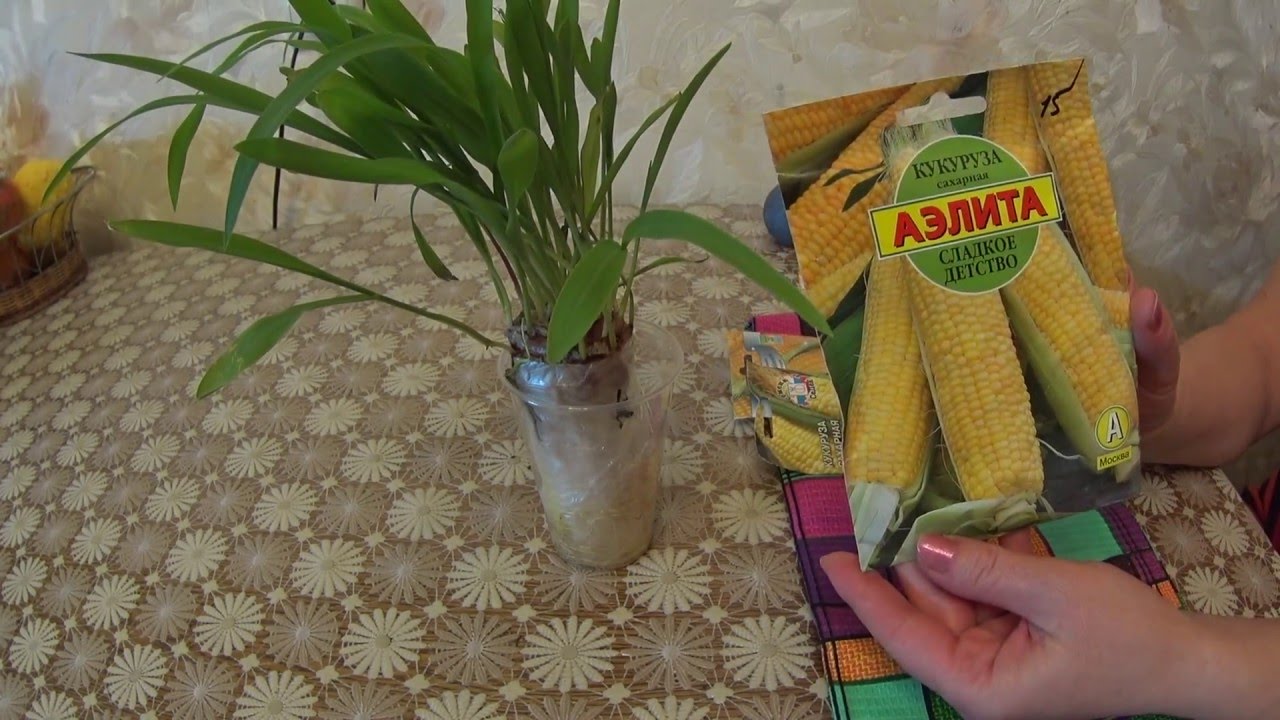In order to obtain an earlier harvest, corn is grown in seedlings at home or in a greenhouse. Such plants begin to bear fruit 3-4 weeks earlier than with direct sowing in open ground.
Features of planting corn seedlings
The main conditions are considered compliance with the optimal sowing dates and preparation of nutrient soil.
Sowing dates
Depending on the region of the country and its climatic conditions, seedlings begin to grow in April-May, since seedlings about 25 days old are planted in a permanent place. The most favorable dates for sowing corn according to the recommendations of the lunar calendar of the gardener and the gardener in 2018 are:
- April 5, 6, 8-11, 19-23;
- May 4-9, 11, 19-23.
Requirements for soil composition
There are no special requirements for soil acidity in corn; its loose structure is more important. Nutrient soil for seedlings of this culture can be prepared by mixing turf and humus in equal proportions. When using heavy soils, they are loosened with sand, peat or vermiculite.
Preparing corn seeds for sowing at home
An important pre-sowing operation is the correct preparation of corn seeds for sowing at home. Most often it is sizing, pickling and germination. If the planting material was purchased in a store, then the last two operations are not carried out.
- Calibration. Before sowing, you need to sort out the seeds, evaluating their appearance. If they have unhealthy spots, discoloration, signs of disease, then they are discarded.
- Etching. Selected seeds can be pickled for preventive purposes: during pre-sowing disinfection, plants during the growing season and fruiting are much less likely to be affected by pests and diseases. For preventive soaking, use solutions of purchased drugs or a weak solution of potassium permanganate.
- Germination. To select seeds potentially suitable for growing, the material is preliminarily soaked in water for 12 hours. Swollen seeds germinate faster.
Soaking in ash solution improves the taste of the crop. To prepare the liquid, you need to add 2 tablespoons of wood ash to 1 liter of water, insist for 2 days, then strain.
How to sow corn at home in various ways
How to plant corn seedlings in nutritious soil:
- 2-3 corn seedlings are placed in one pot to a depth of 3-4 cm;
- the holes are sprinkled with earth until a flat surface is formed;
- gently spill the earth (it is better to use a room spray) with plain water or a preventive fungicide solution to disinfect the soil.
How to grow corn seedlings in sawdust:
- moistened sawdust is poured into a wide container;
- seeds are placed at a depth of 3-4 cm;
- as soon as the first shoots appear, a thin layer of soil is poured.
How to sow corn in a snail:
- spread a towel, put a plastic bag on top, slightly smaller in width, and put toilet paper on it;
- moistened abundantly with a room spray;
- carefully lay out the corn seeds, keeping the distance of 10 cm;
- a plastic bag with all its contents is rolled up and placed in a glass of clean water (the water in the glass is periodically changed);
- sprouts with unwinding slices can be transplanted into open ground.
Preparation for transplanting into open ground
It is possible to plant corn seedlings in a permanent place only after return frosts and with sufficient warming of the soil. In addition, corn seedlings are transplanted when the optimal age of 21-25 days is reached: by this time the seedlings have 3-5 true leaves, and the development of the roots should allow them to take root in a new place.
Before planting corn sprouts in the ground, you need to prepare the planting site - select a sunny place with light soil, fertilize and dig planting holes in accordance with the planting scheme. It is advisable to plant corn in rows, since pollination is necessary for good fruiting. Productivity increases with planting in 5-6 rows. In a row, maize is planted, adhering to distances of 35-40 cm, row spacings are 60 cm. Often, other crops are planted in maize aisles, for example, melons.
After landing in a permanent place, it is recommended to shed and mulch the land. If necessary, you can cover the seedlings during cold weather, for example, with cut plastic bottles, and when the optimal temperature regime for growth is established, open them.
Agrotechnics
Corn is unpretentious in care, so every novice gardener is capable of growing it. Having planted this culture in the country, you need to provide it with basic care.
Watering
The culture is drought-resistant, but at certain stages of its development, it is necessary to carry out abundant watering: when the plant grows 9 true leaves, during the flowering period, at the fruiting stage when pouring the grains.
Top dressing
During the entire season, at least two fertilization is carried out. The first - in the phase of 3-4 leaves using nitrogen-rich organic matter, the second - before the appearance of panicles, while the dressing consists of mineral phosphorus-potassium components.
Formation
If the site is dominated by strong through winds, the corn is tied up. Plants stepchild and leave up to 3 ears on the stem.
Protection from pests and diseases
If the corn foliage begins to turn yellow, and the plant itself begins to wither, then one of the possible causes may be a pest or disease. The most common diseases of the culture are fusarium, dust and blister smut, rot, and rust. Among the most dangerous pests of corn, aphids, fly flies, and scoops are distinguished. If signs of damage are found, it is necessary to carry out treatment with special fungicides or insecticides.
